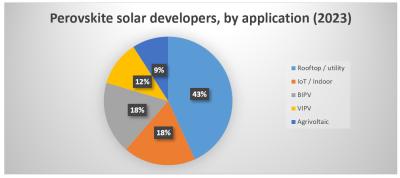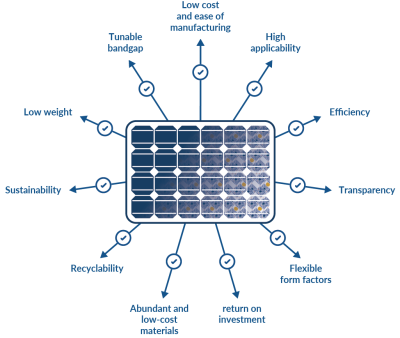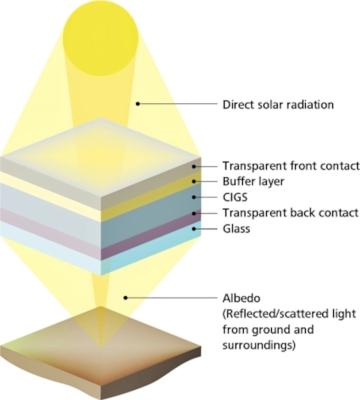US DOE invests $71 million to advance American solar manufacturing
As part of the Investing in America agenda, the U.S. Department of Energy (DOE) recently announced a $71 million investment in research, development, and demonstration projects to grow the network of domestic manufacturers across the U.S. solar energy supply chain.
The selected projects will address gaps in the domestic solar manufacturing capacity for supply chain including equipment, silicon ingots and wafers, and both silicon and thin-film solar cell manufacturing. The projects will also open new markets for solar technologies such as dual-use photovoltaic (PV) applications, including building-integrated PV and agrivoltaics.






